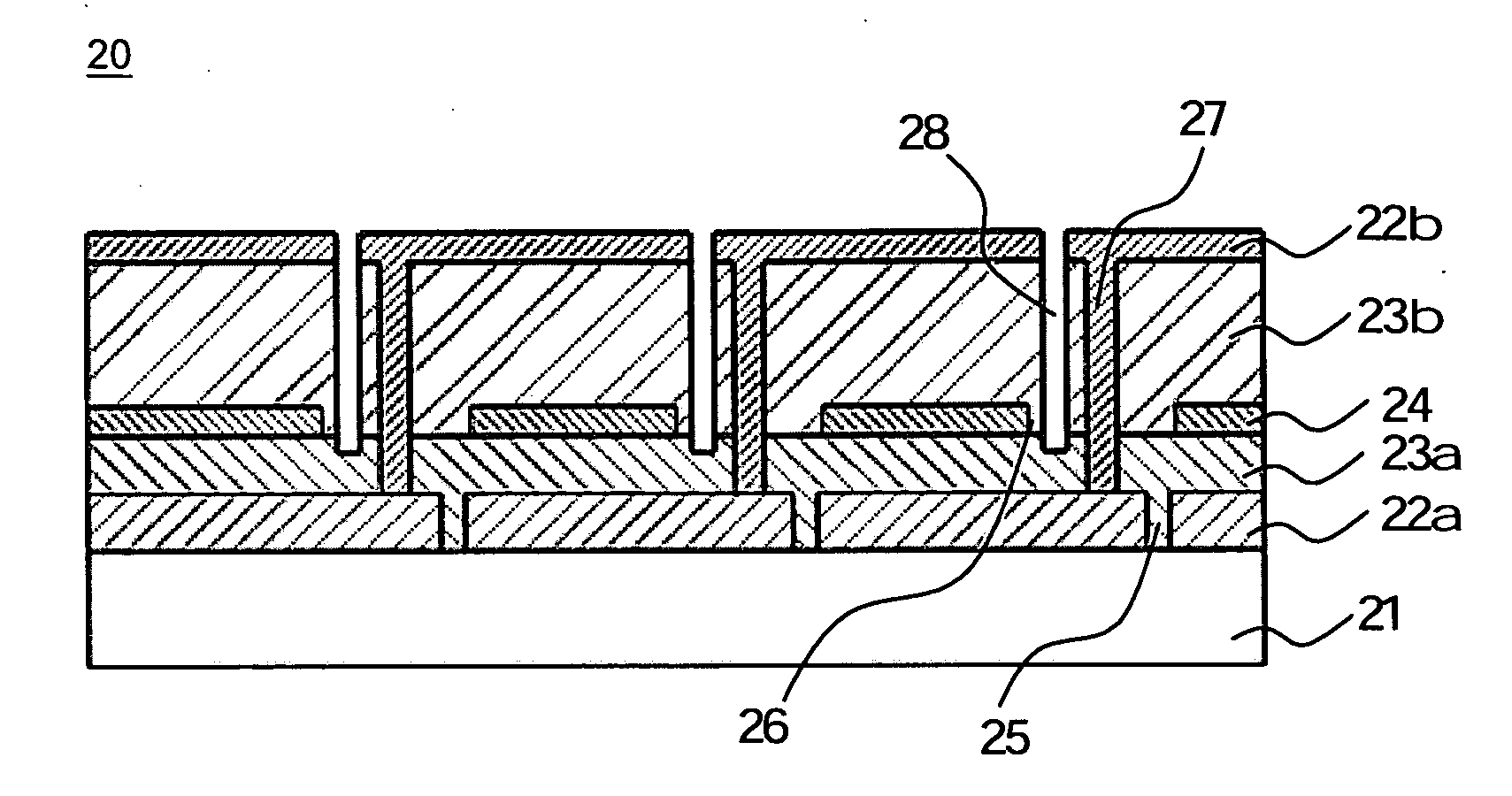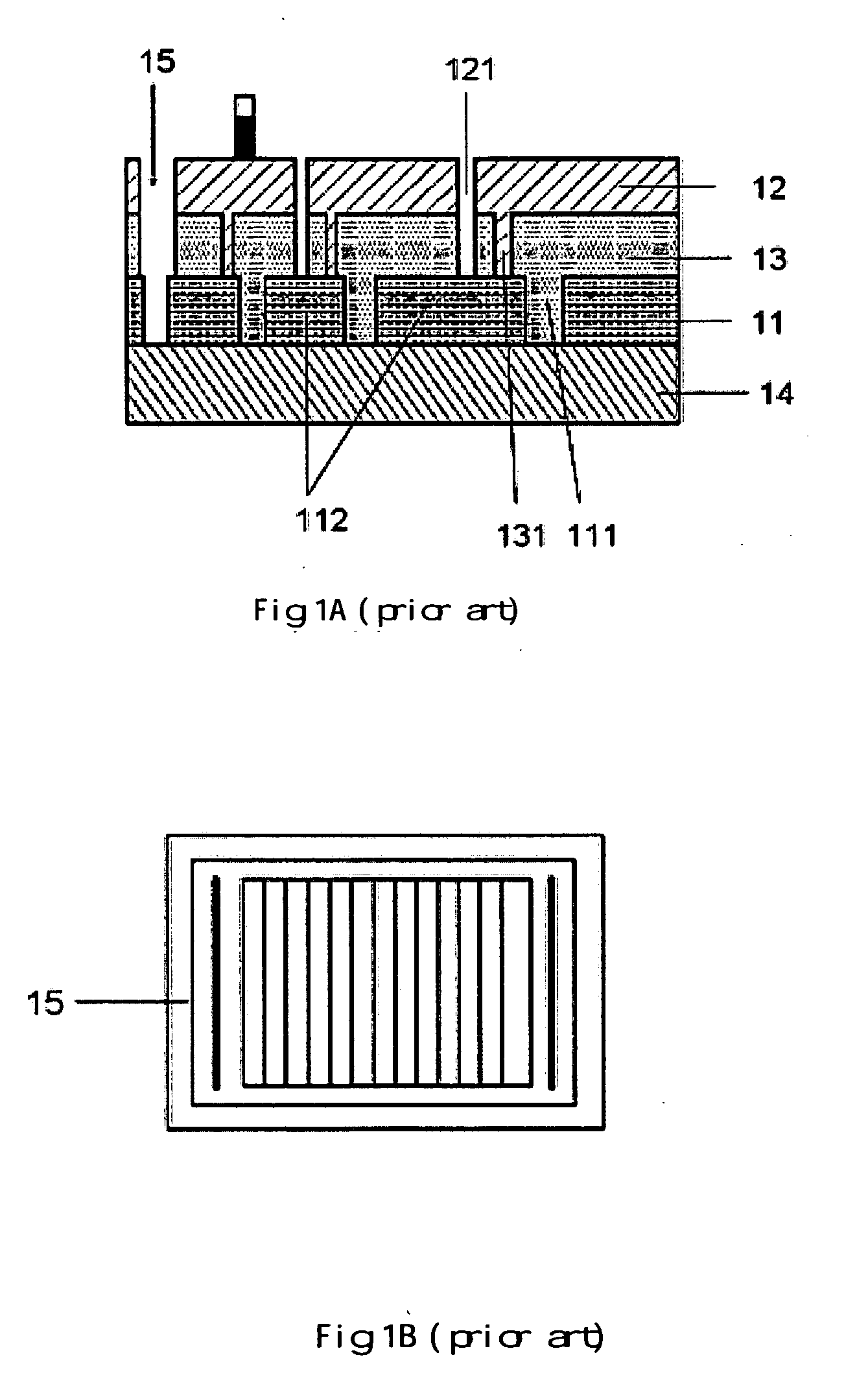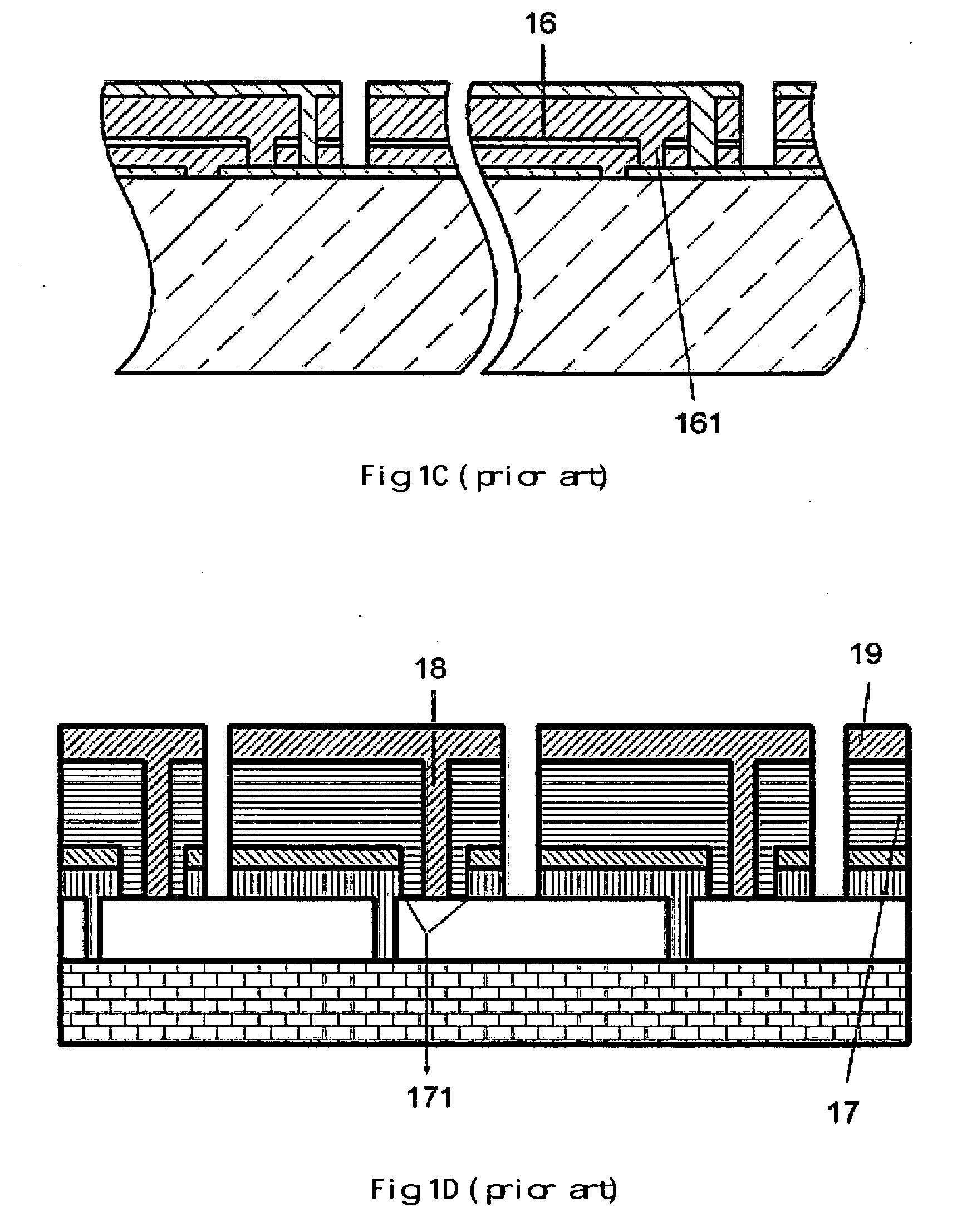Stacked-layered thin film solar cell and manufacturing method thereof
a solar cell and layered technology, applied in the manufacturing of semiconductor/solid-state devices, electrical equipment, semiconductor devices, etc., can solve the problems of short-circuit faults, increased equipment costs as well as manufacturing cycles, and increased effect, so as to prevent short-circuit faults of scribe grooves, optimize the isolation effect of the overall solar cell, and prevent short-circuit faults
- Summary
- Abstract
- Description
- Claims
- Application Information
AI Technical Summary
Benefits of technology
Problems solved by technology
Method used
Image
Examples
second embodiment
[0019]Please refer to FIG. 3 for the present invention providing a manufacturing method of a stacked-layered thin film solar cell so as to prevent short-circuit faults of the scribe grooves in the unit cell and thereby optimize an isolation effect of the overall solar cell. The disclosed manufacturing method comprises steps of:
[0020](1) Providing a substrate and forming a first electrode layer on the substrate;
[0021](2) Forming a first separation groove extending downward on the first electrode layer, wherein the first separation groove is formed by using a scribing process to partially remove the first electrode layer along a depth direction thereof;
[0022](3) Forming a first photoconductive layer on the first electrode layer and forming an interlayer on the first photoconductive layer;
[0023](4) Forming a second separation groove extending downward on the interlayer, wherein the second separation groove is formed by using a scribing process to remove the interlayer along a depth dir...
first embodiment
[0028]In the above embodiment, the substrate 21, the first electrode layer 22a, the first photoconductive layer 23a, the interlayer 24, the second photoconductive layer 23b, and the second electrode layer 22b, the first separation groove 25, the second separation groove 26, the connection groove 27 and the third separation groove 28 share the same structural and features and forming methods of their resemblances described in the Therein, the scribing process may be a laser scribing process, a mechanical scribing process, a wet etching process or a dry etching process.
PUM
 Login to View More
Login to View More Abstract
Description
Claims
Application Information
 Login to View More
Login to View More - R&D
- Intellectual Property
- Life Sciences
- Materials
- Tech Scout
- Unparalleled Data Quality
- Higher Quality Content
- 60% Fewer Hallucinations
Browse by: Latest US Patents, China's latest patents, Technical Efficacy Thesaurus, Application Domain, Technology Topic, Popular Technical Reports.
© 2025 PatSnap. All rights reserved.Legal|Privacy policy|Modern Slavery Act Transparency Statement|Sitemap|About US| Contact US: help@patsnap.com



